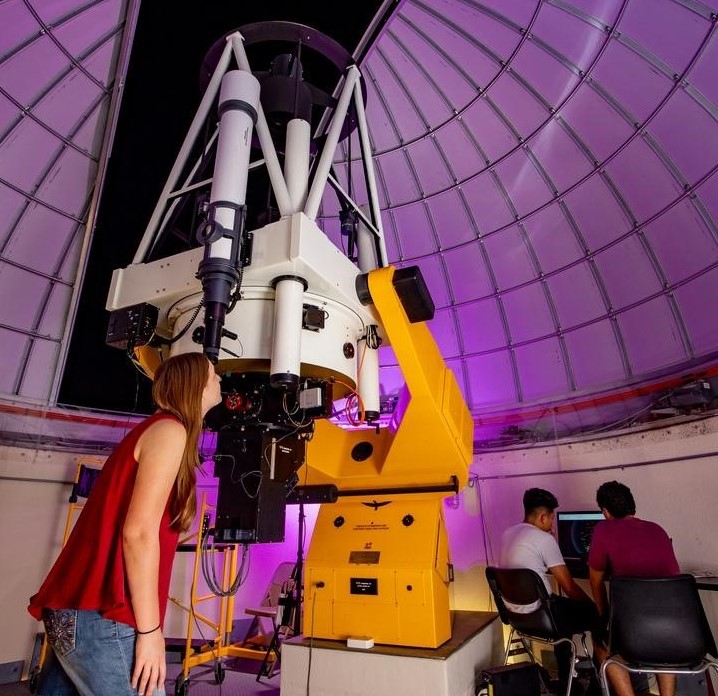Document Type
Article
Publication Title
The Astrophysical Journal
Abstract
We present the initial–final mass relation derived from 10 white dwarfs in wide binaries that consist of a main-sequence star and a white dwarf. The temperature and gravity of each white dwarf were measured by fitting theoretical model atmospheres to the observed spectrum using a χ2 fitting algorithm. The cooling time and mass were obtained using theoretical cooling tracks. The total age of each binary was estimated from the chromospheric activity of its main-sequence component to an uncertainty of about 0.17 dex in log t. The difference between the total age and white dwarf cooling time is taken as the main-sequence lifetime of each white dwarf. The initial mass of each white dwarf was then determined using stellar evolution tracks with a corresponding metallicity derived from spectra of their main-sequence companions, thus yielding the initial–final mass relation. Most of the initial masses of the white dwarf components are between 1 and 2 Mʘ. Our results suggest a correlation between the metallicity of a white dwarf’s progenitor and the amount of post-main-sequence mass loss it experiences—at least among progenitors with masses in the range of 1–2 Mʘ. A comparison of our observations to theoretical models suggests that low-mass stars preferentially lose mass on the red giant branch.
DOI
10.1088/0004-637X/746/2/144
Publication Date
2-20-2012
Recommended Citation
Zhao, Jingkun; Oswalt, T. D.; Wilson, Lee Anne; Wang, Qian; and Zhao, Gang, "The Initial-Final Mass Relation Among White Dwarfs In Wide Binaries" (2012). Aerospace, Physics, and Space Science Faculty Publications. 340.
https://repository.fit.edu/apss_faculty/340


